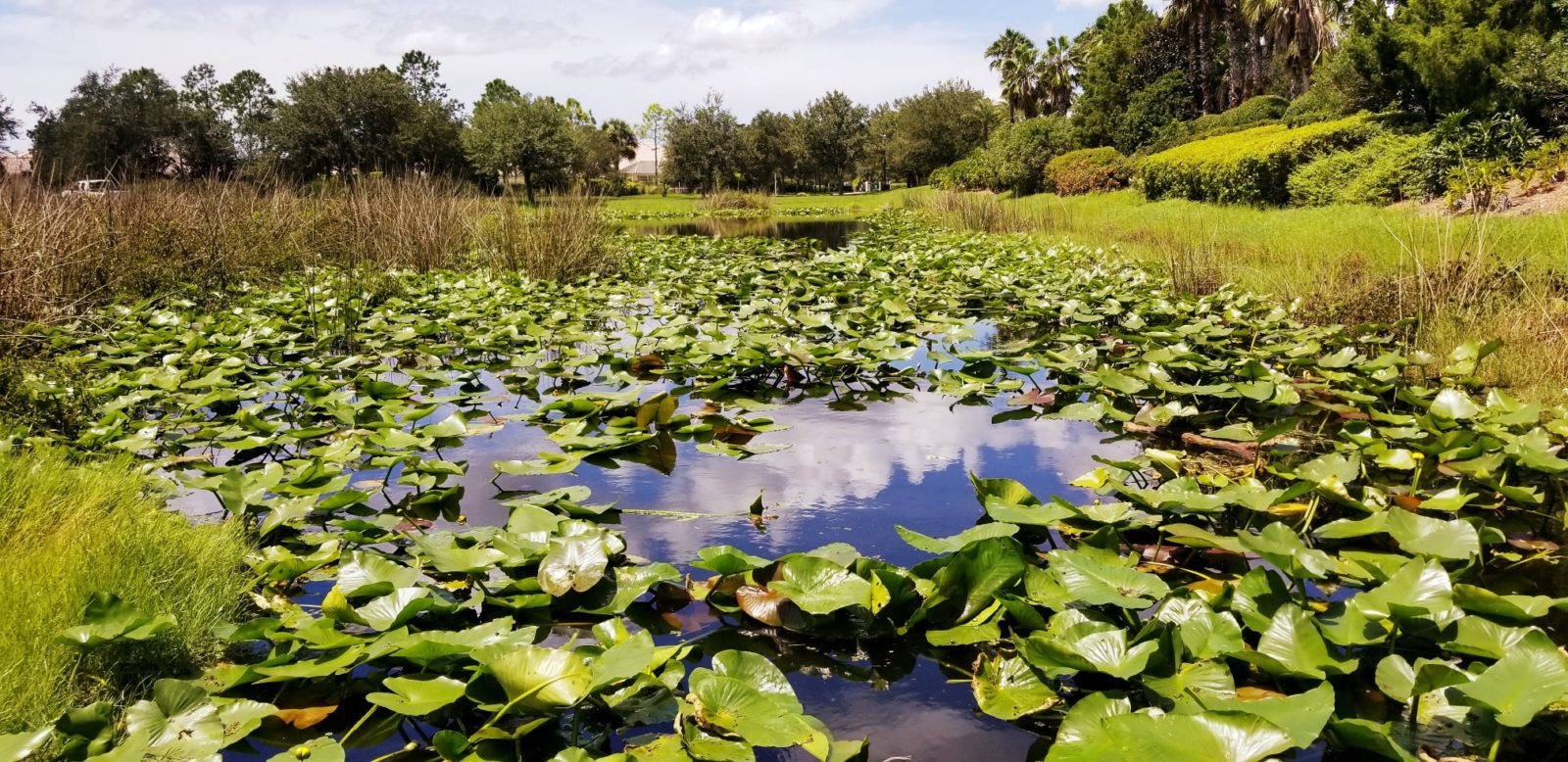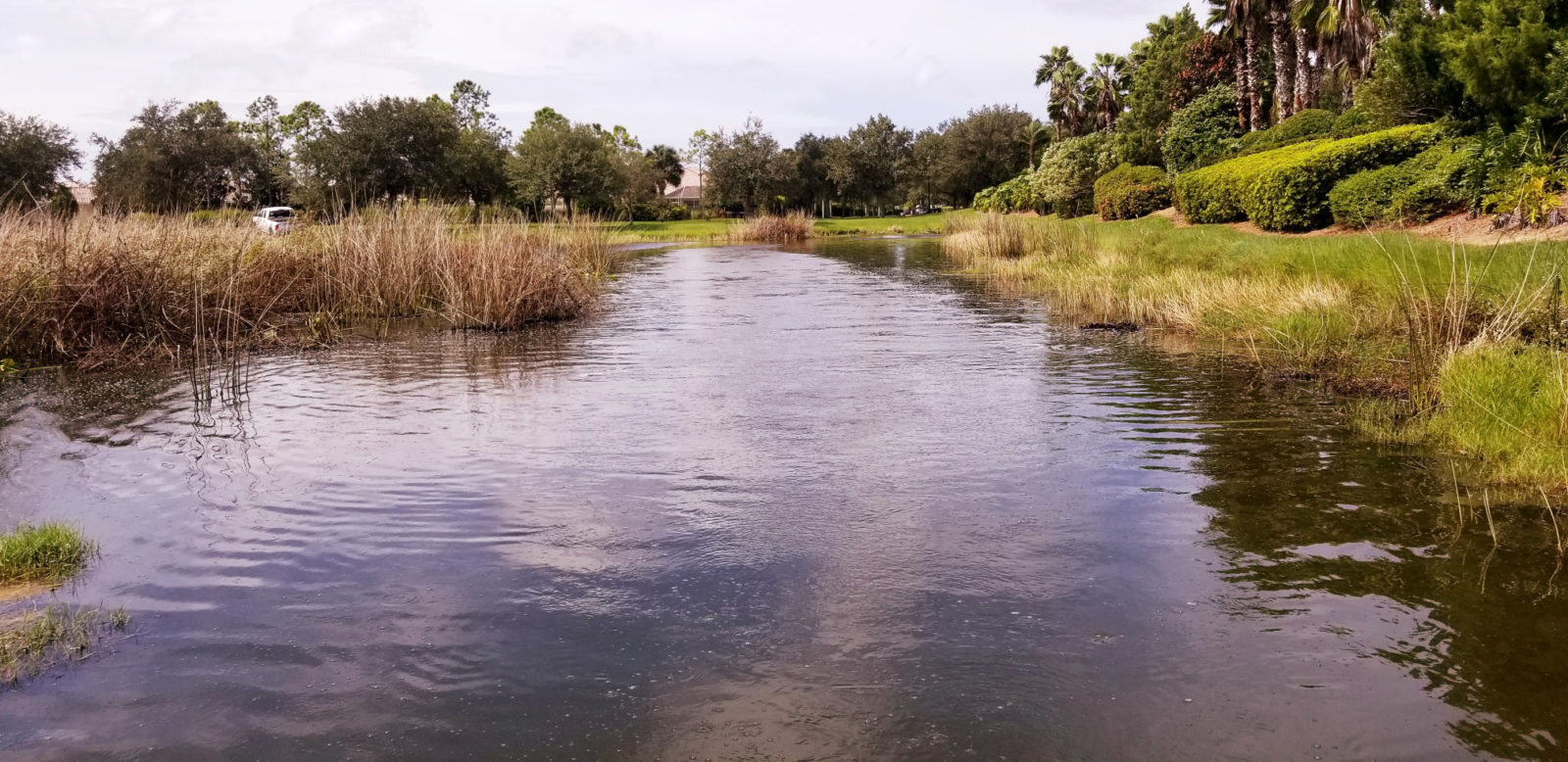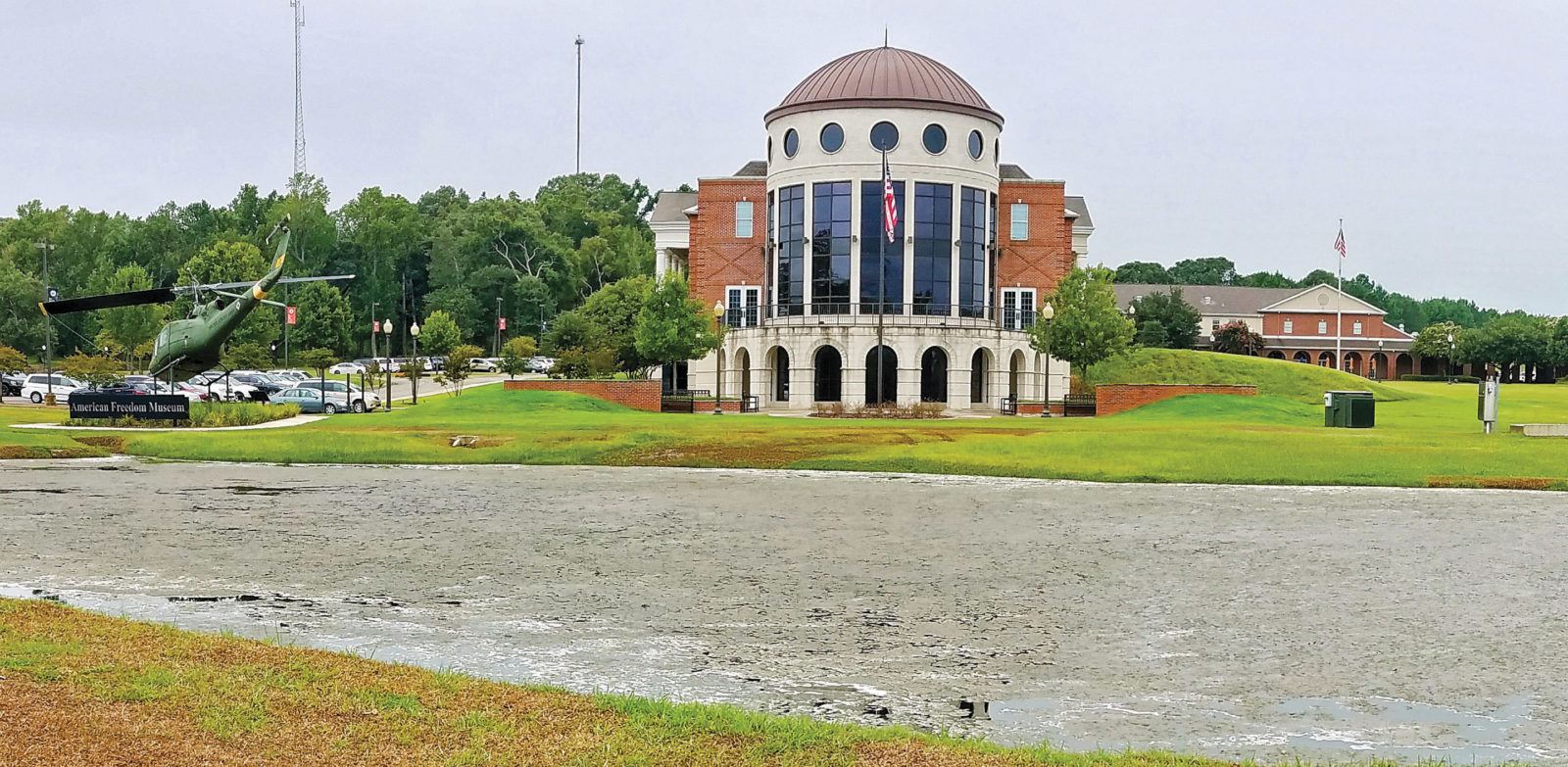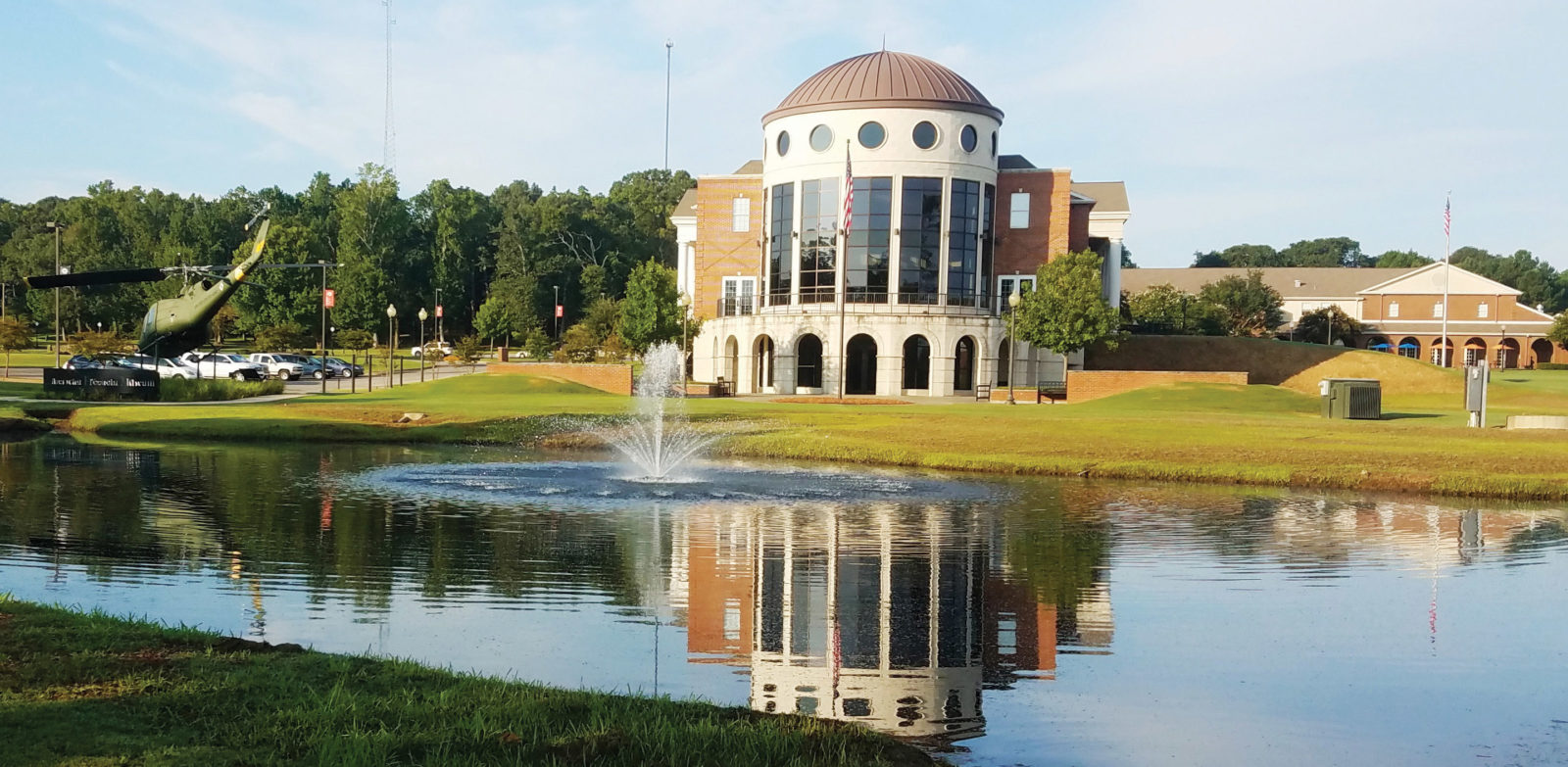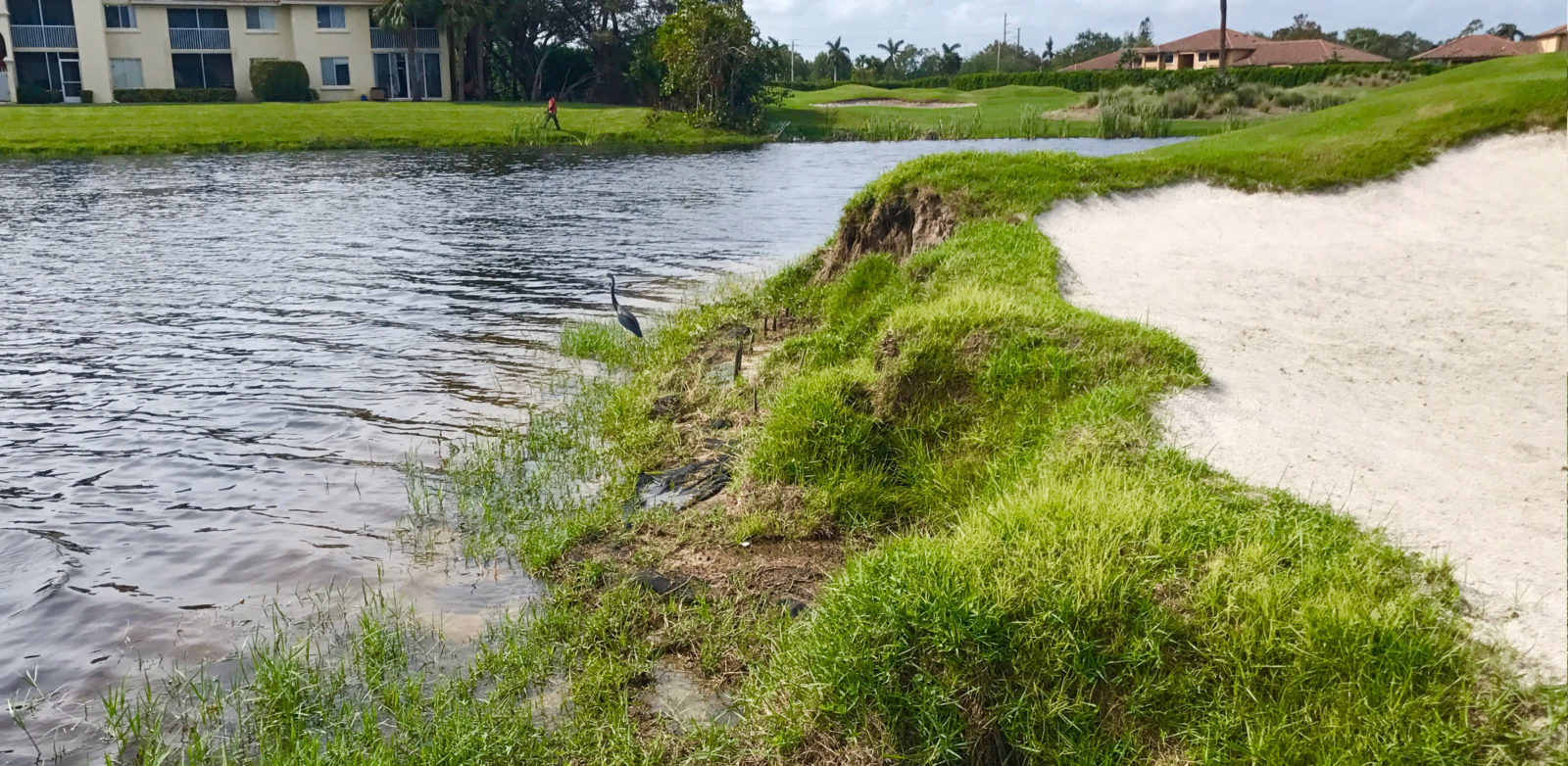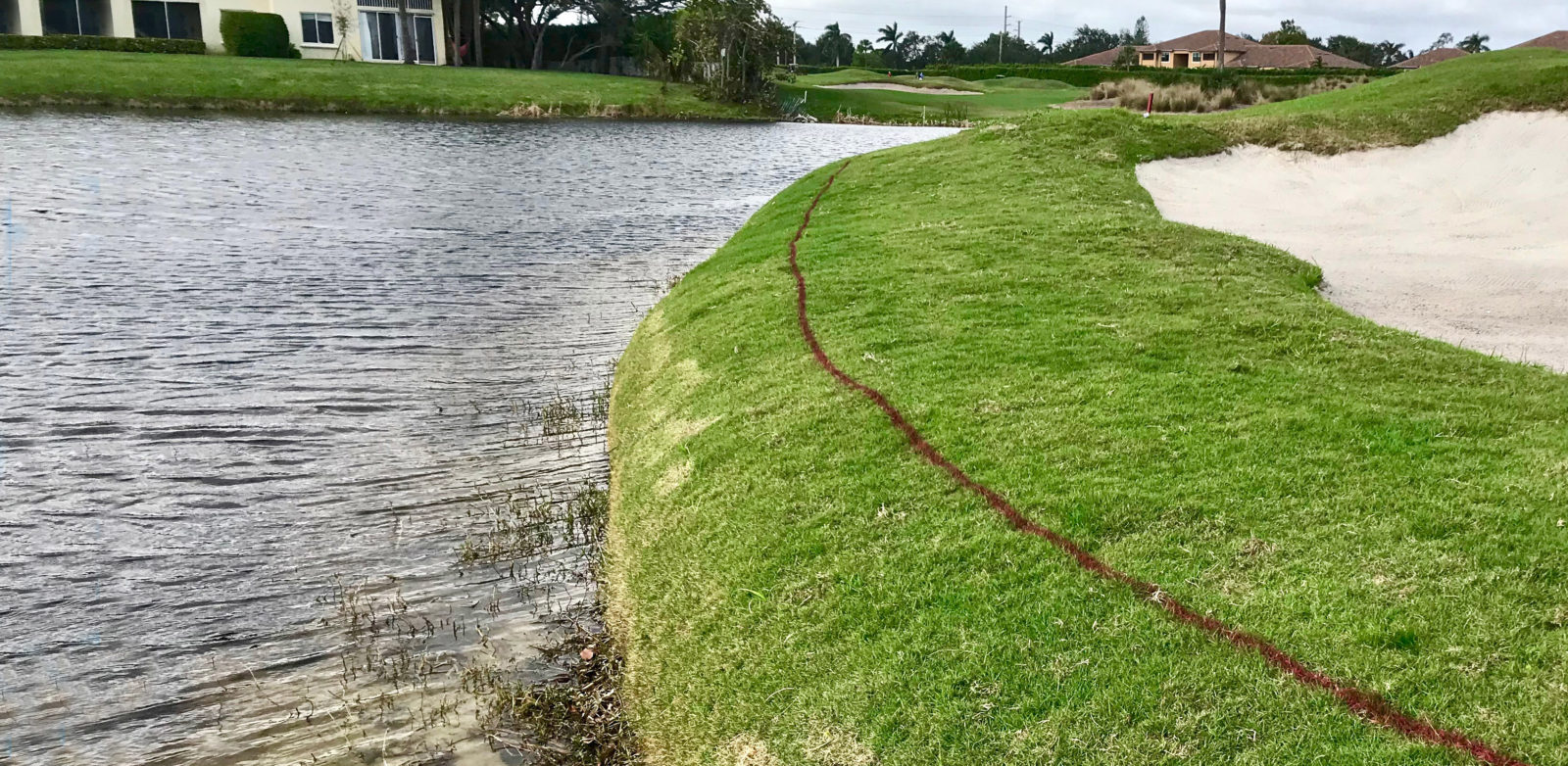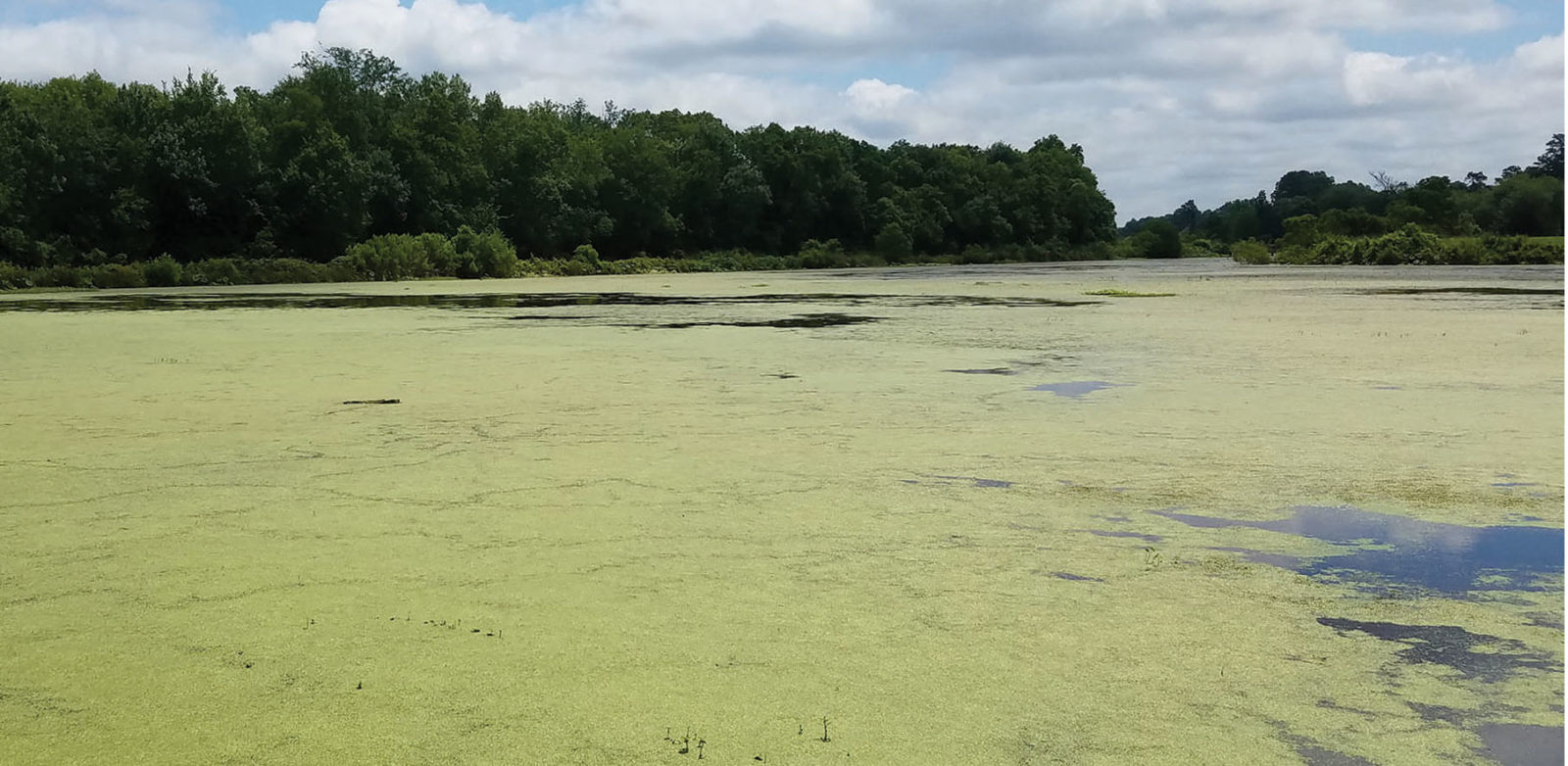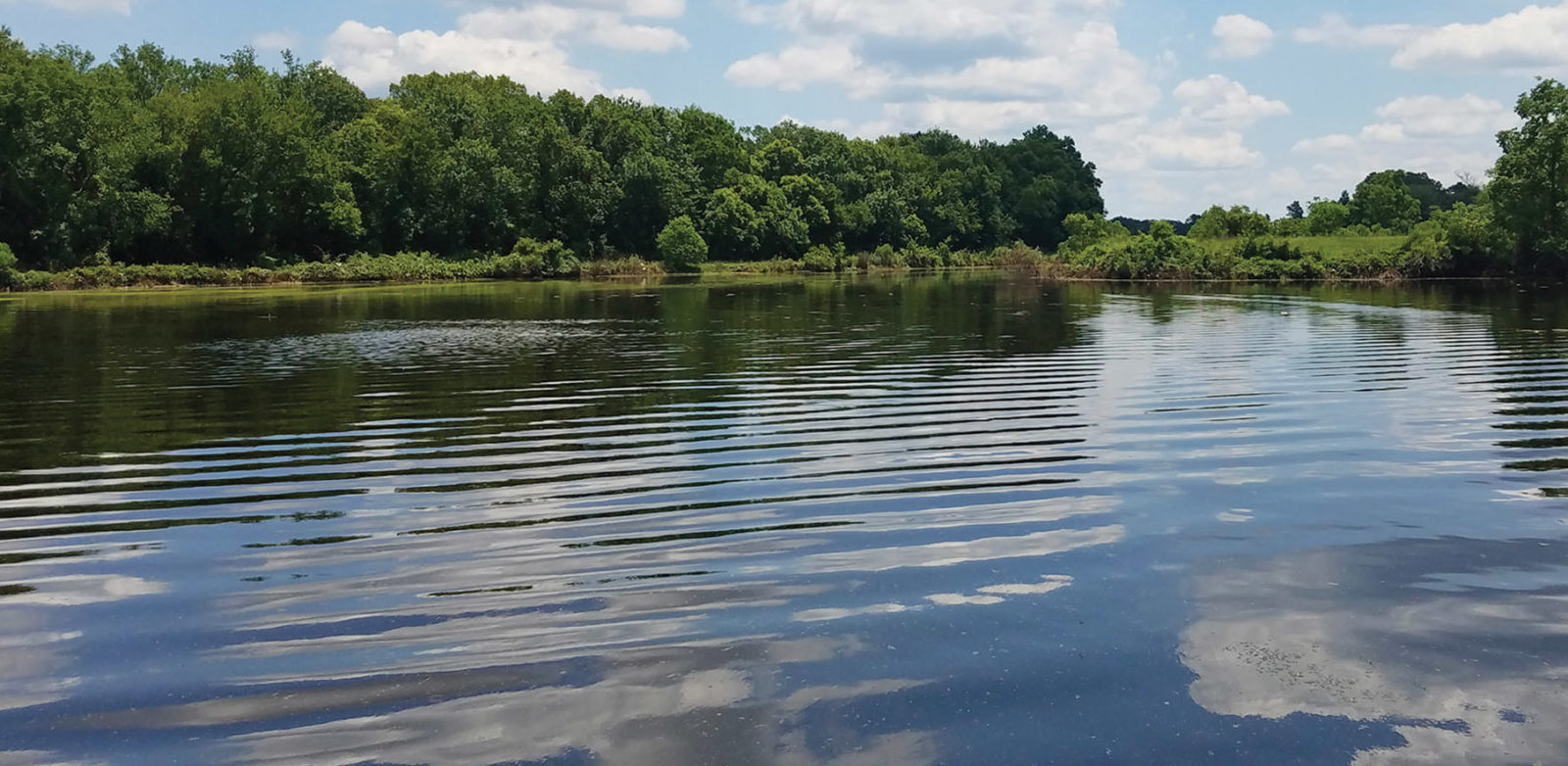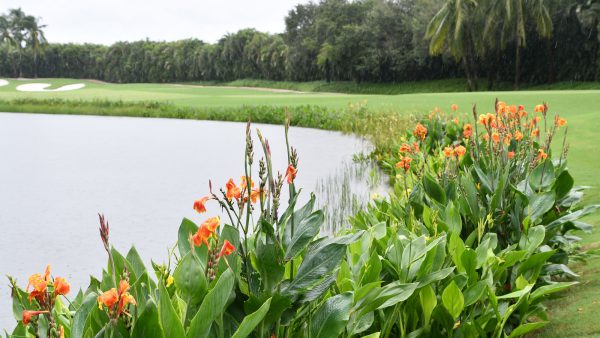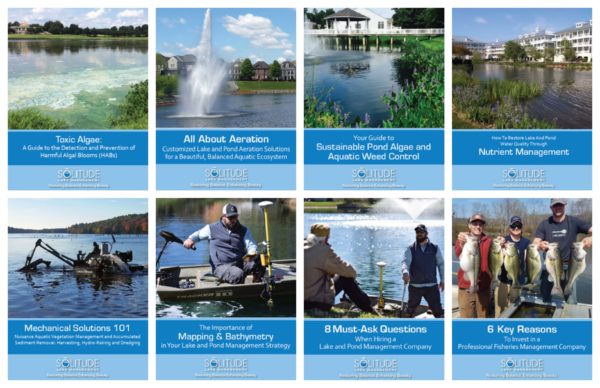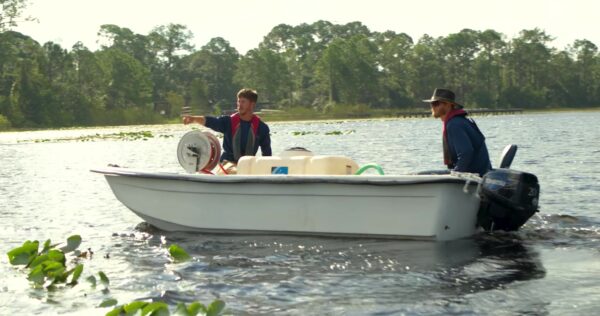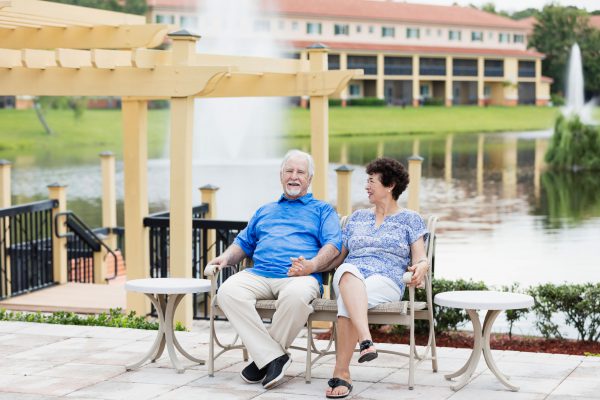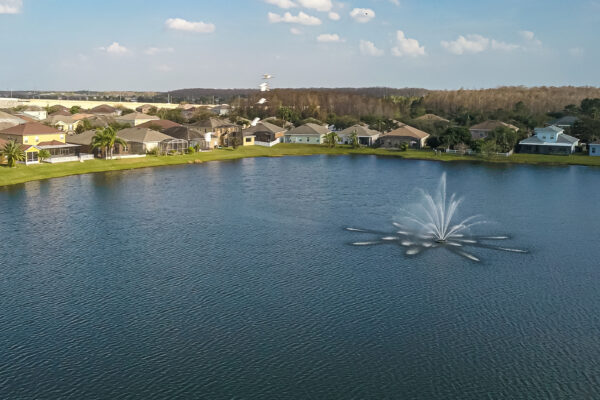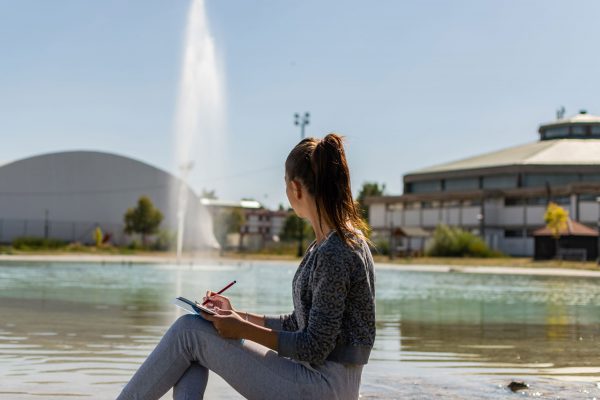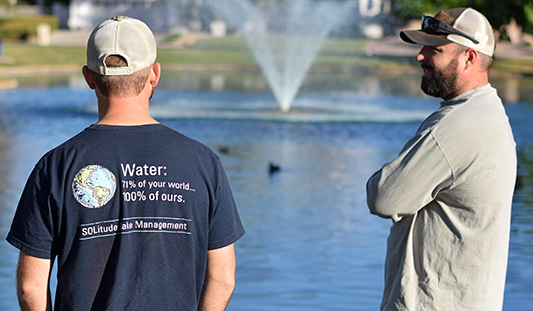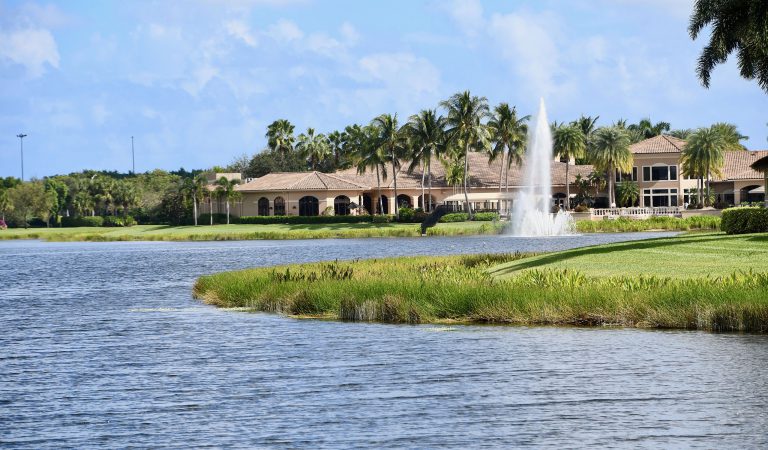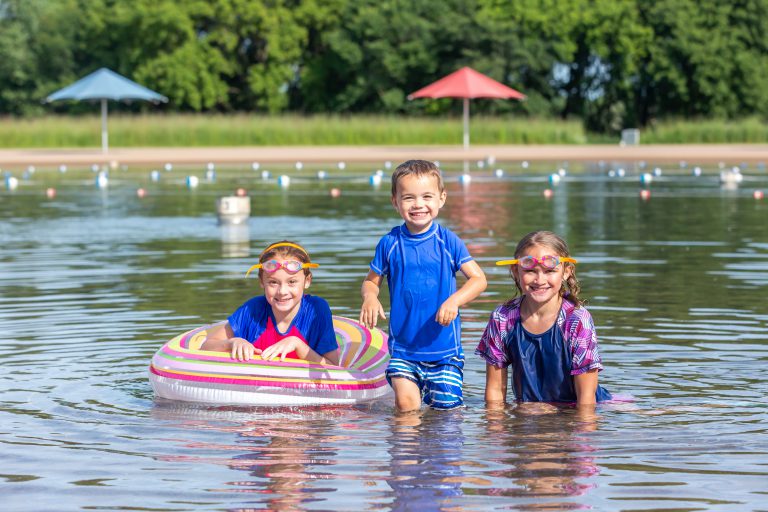Everyone wants a beautiful lake and achieving clean water is hard, which is why SOLitude uses science-backed solutions to take care of algae, weeds and other water issues so you can avoid the frustrations and have more time to enjoy your water.
Your Partner In Worry-Free Lake & Pond Management
With over 50 years of experience, our experts partner with communities, golf courses, municipalities, and private landowners to help them attain their dream waterbody. As the nation’s leading lake management company, we have dedicated local teams in every region of the country to address your unique challenges and goals.
We believe clean, beautiful lakes promote good health, happiness, and meaningful experiences. Discover how we can help you enhance your lake with sustainable solutions.
Seeing Is Believing
- Pond Weed Control
- Algae Management
- Erosion Repair
- Lake Weed Treatment
